|
Are You a Curator or a Warehouse
Clerk?
by Bob Brooke
Dealing with the possessions or
collections a loved one leaves behind can be a real challenge. All of a
sudden, you have to deal with objects and documents that you probably
donít know much about. You may already have a family of your own and
little space for these inherited items.
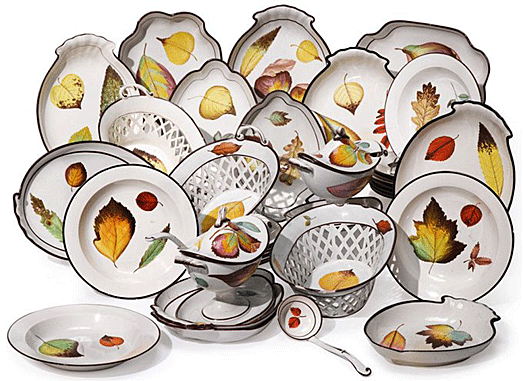
Popular television shows like The Antiques Roadshow and American Pickers
do little in helping you understand just how to deal with these family
treasures. Do you sell them off or keep them?
There are three directions you can goósell off everything you donít want
or canít use, store the items until you figure out what to do with them,
or in the case of collections, learn about the items and add to the
collections or add the items to your own collections.
What to do with all that stuff
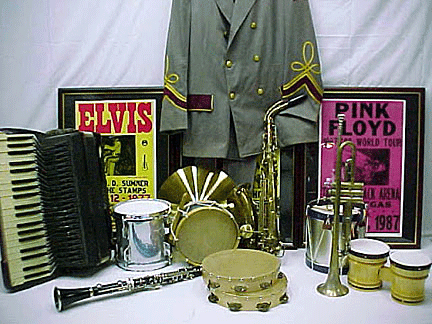 The
biggest problem today is that adult children donít want all that stuff
their parents collected. The
biggest problem today is that adult children donít want all that stuff
their parents collected.
In many cases, adult children have been living on their own and raising
their own families. Over the years, they, too, have acquired a number of
things. A mother may have a set of fine Lenox or Haviland china that she
loves dearly. Her older daughter may also have a set of good china that
she purchased or received as a wedding gift. Letís face it, no one needs
two sets of china these days.
And what may have held lots of nostalgic memories for parents usually
holds none for their children.
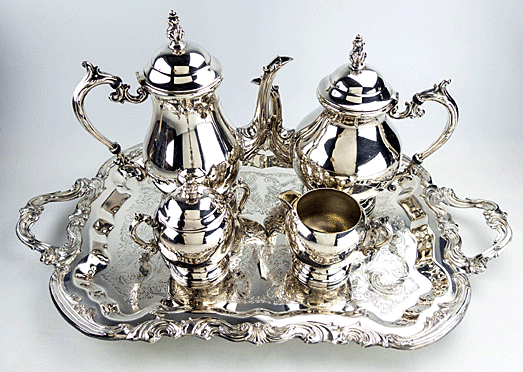
The competitive accumulation of material goods, a cornerstone of the
American dream, dates to the post-World War II economy, when returning
veterans fled the cities to establish homes and status in the suburbs.
Couples married when they were young, and wedding gifts were meant to be
usedóand treasuredófor life. Americans spent to keep up with the
Joneses, using their possessions to show how successful they had become.
This continued through the 1950s and 1960s.
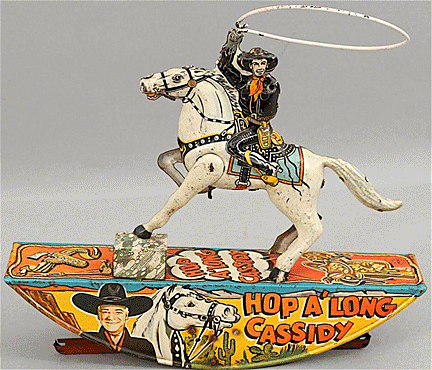 Selling
objects collected over the years presents serious problems today. In
many cases, the market has become saturated with collectibles because so
many were produced. As for disposing of antiques, the market is down and
the chances of getting top dollar arenít very good. Blundering through
this selling process without doing any market research can result in
losing money. Because of online auctions, many people take the easy way
out, assuming that the sale prices for items are equal to their market
value. Selling
objects collected over the years presents serious problems today. In
many cases, the market has become saturated with collectibles because so
many were produced. As for disposing of antiques, the market is down and
the chances of getting top dollar arenít very good. Blundering through
this selling process without doing any market research can result in
losing money. Because of online auctions, many people take the easy way
out, assuming that the sale prices for items are equal to their market
value.
 Overwhelmed
by the shear amount of items they inherit, some people just put them in
storage, planning on dealing with them later. But putting off the
inevitable only compounds the problem. These people become, in essence,
warehouse clerks, storing the items in self-storage units with high
monthly fees or shifting the boxes around trying to make a place for
them in an already overcrowded home. Overwhelmed
by the shear amount of items they inherit, some people just put them in
storage, planning on dealing with them later. But putting off the
inevitable only compounds the problem. These people become, in essence,
warehouse clerks, storing the items in self-storage units with high
monthly fees or shifting the boxes around trying to make a place for
them in an already overcrowded home.
Finally, thereís the person who takes an
interest in the items or collections and curates them. A curator cares
for a collection, inventories it, displays it, and helps it grow by
culling duplicate or less valuable items and upgrading by purchasing
better ones. In order to curate a collection, you must be educated about
the items in it, not just their value but their history.

The problem with inherited collections is that they possesses the
passion of the original collector in the type of items collected, their
selection, and range. Collecting is a process. For some people a
passion. This cannot be transferred to future generations unless theyíre
actively involved in the amassing the original collection. For instance,
a father might pass on his passion for collecting postage stamps to his
son or daughter.
Unless a child accompanies their parent on the hunt and is involved in
the selection of items for the collection, he or she has no idea why
their parent purchased the items.
Learning about what you have
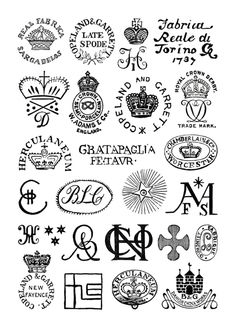 The
first step in disposing of or curating an inherited collection or
collections, is to find out what you have. You should generally know
what the objects are called and with that you can start your search. The
first step in disposing of or curating an inherited collection or
collections, is to find out what you have. You should generally know
what the objects are called and with that you can start your search.
Sometimes, the objects themselves may tell a story. Look for marks and
signatures on the objects themselves. You can either search for marks
from a particular manufacturer or consult books on antique and
collectible marks at the public library.
But getting information about an inherited collection, especially a
larger one, can take time. If you know or suspect that the objects you
inherited are somewhat valuable, then you should consider consulting a
certified antiques appraiser.
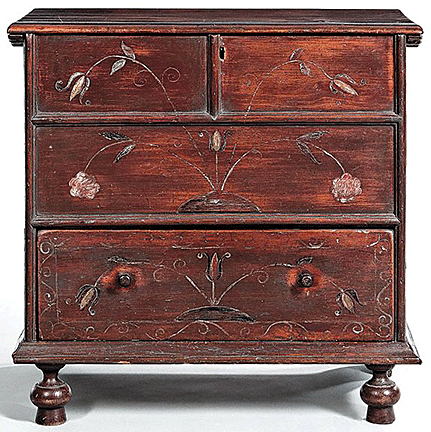 Once
you learn generally about the items youíve inherited, itís time to take
an inventory of it. If the pieces havenít already been catalogued, you
should give each piece a number, note itís name and a short description
of it. Then as you find out more information, you can add it to each
itemís inventory description. Once
you learn generally about the items youíve inherited, itís time to take
an inventory of it. If the pieces havenít already been catalogued, you
should give each piece a number, note itís name and a short description
of it. Then as you find out more information, you can add it to each
itemís inventory description.
Now comes the fun part. Once you inventory your loved oneís collection,
itís time to ugrade or add to it. To raise money to buy better pieces,
most collectors sell off lesser pieces, thus upgrading the entire
collection. Educating yourself as much as possible about the items you
have is an important part of appreciating them.
If you suspect or definitely know that some or all of the items youíve
inherited are valuable, you should consider consulting a certified
antiques appraiser.
Finding a qualified appraiser
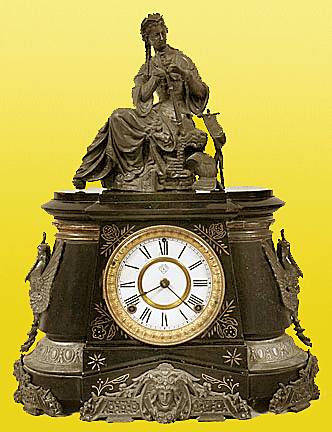 Take
care when choosing an appraiser. The field isnít tightly regulated, so
just about anyone can call themselves one. However, the
International
Association of Appraisers certifies its members who generally
specialize in certain categories of antiques and collectibles. Take
care when choosing an appraiser. The field isnít tightly regulated, so
just about anyone can call themselves one. However, the
International
Association of Appraisers certifies its members who generally
specialize in certain categories of antiques and collectibles.
Certified appraisers clearly state their areas of expertise up front and
will refer you to a more appropriate colleague if necessary. But beware
of any ďexpertĒ who seeks to purchase your item or offers to sell it for
a commission.
Expect to pay your appraiser an hourly rateómost charge $150 to $250 per
hour. For that youíll receive a written report, detailing his or her
research, including an analysis of comparable sales data and estimated
values for your inherited objects, thatís accepted legally by the courts
and insurance companies. While a verbal appraisal will give you an idea
of what an item is worth, itís not accepted legally.
<
Back to Antiques Extra! Archives
Next Editorial > |
